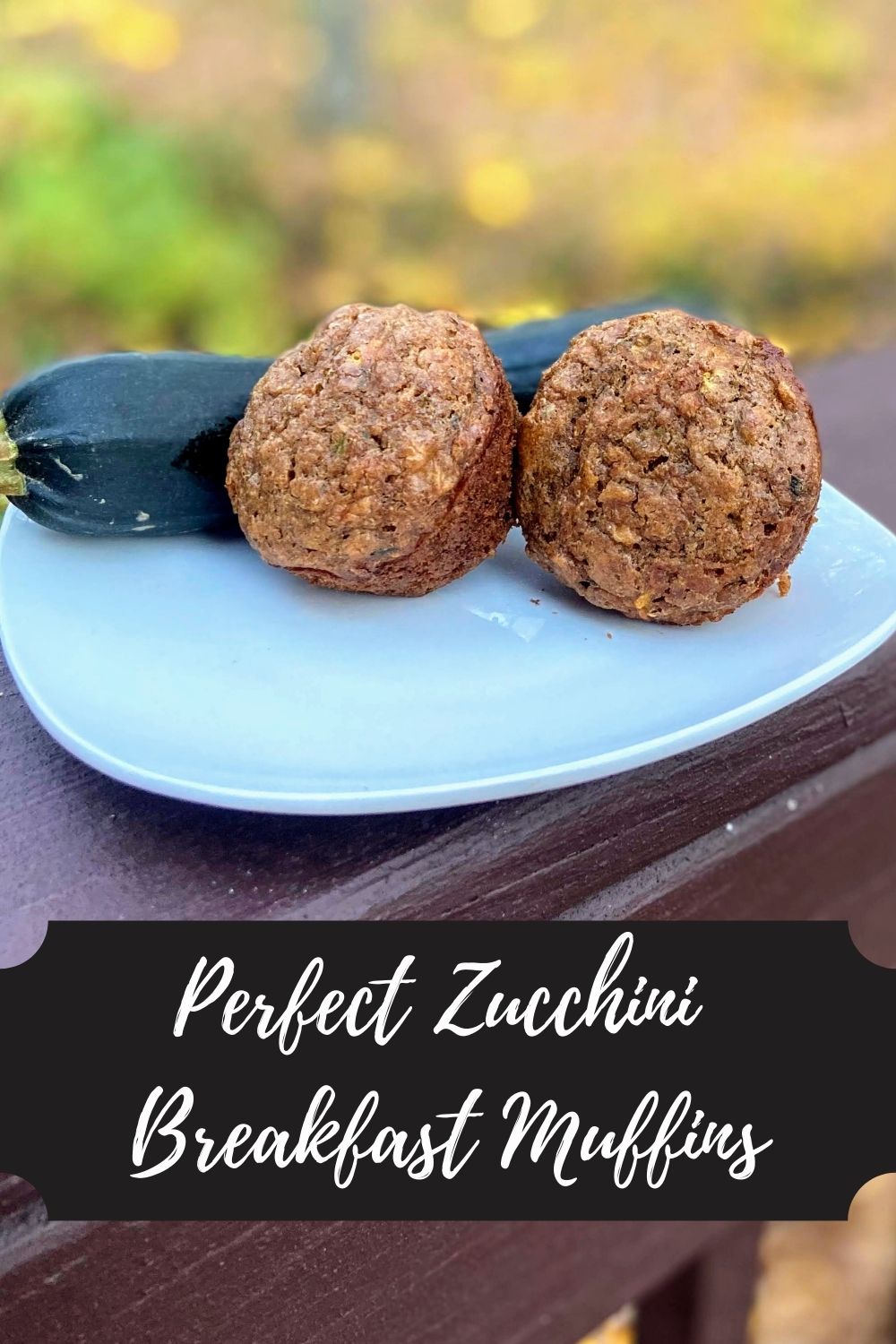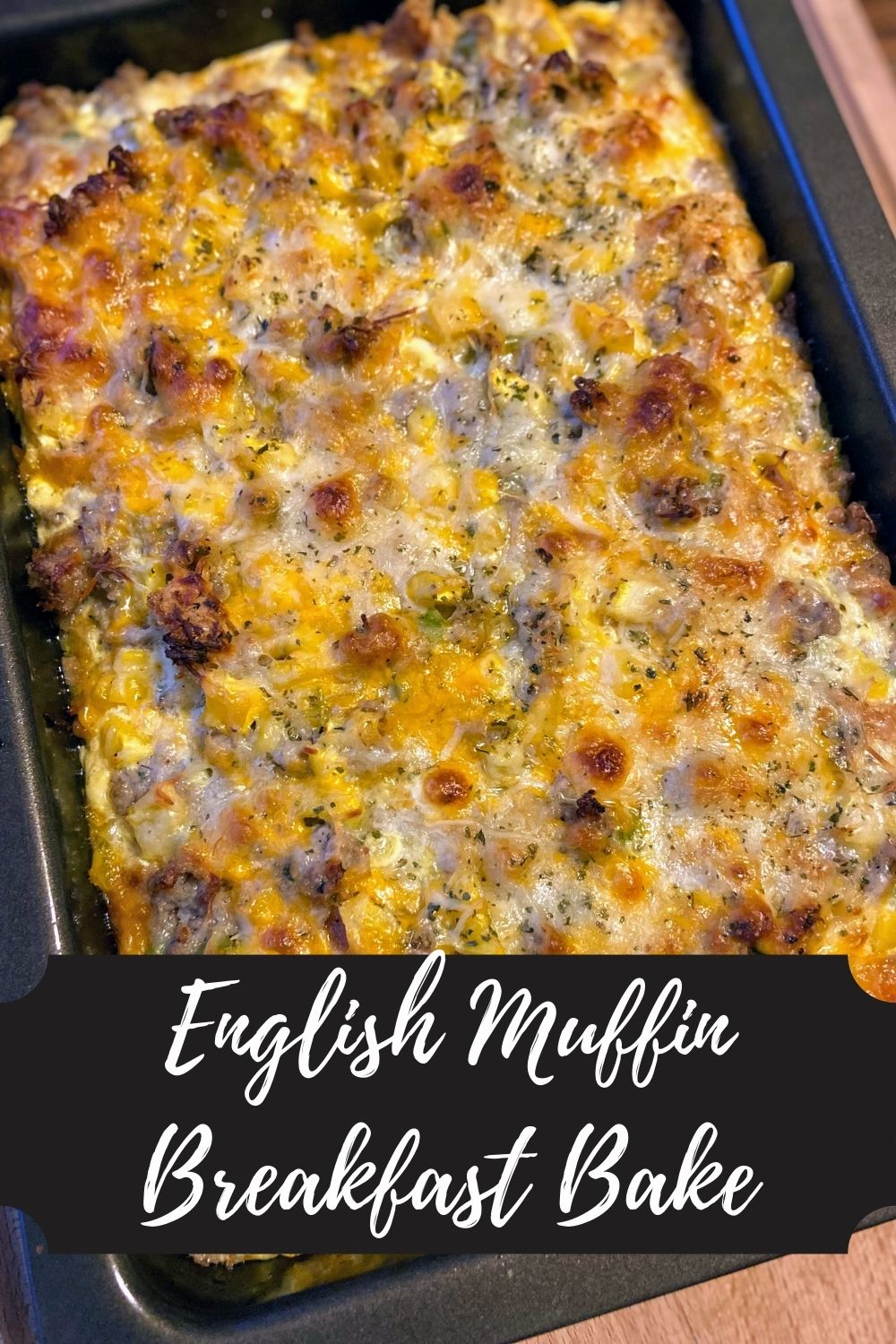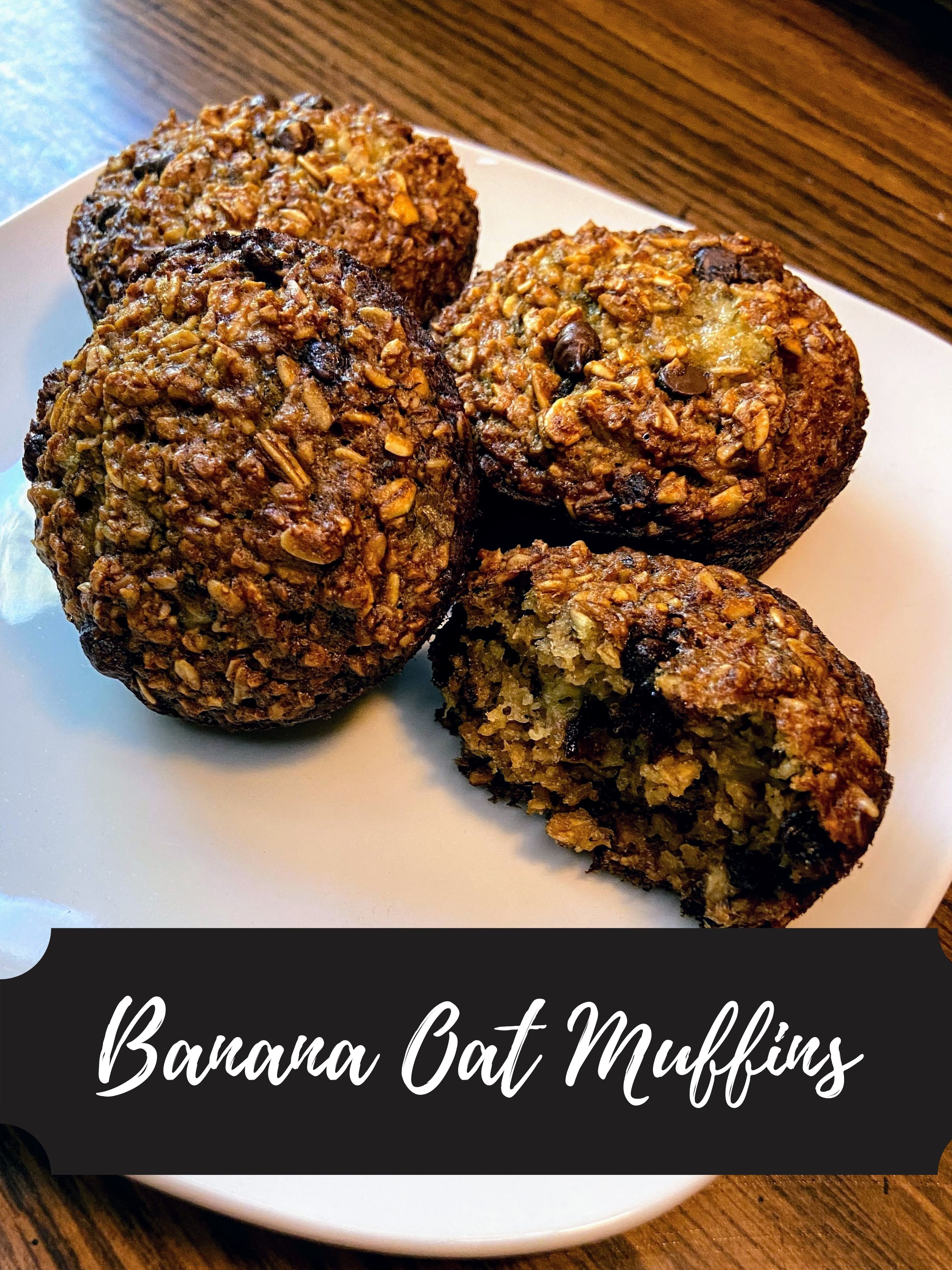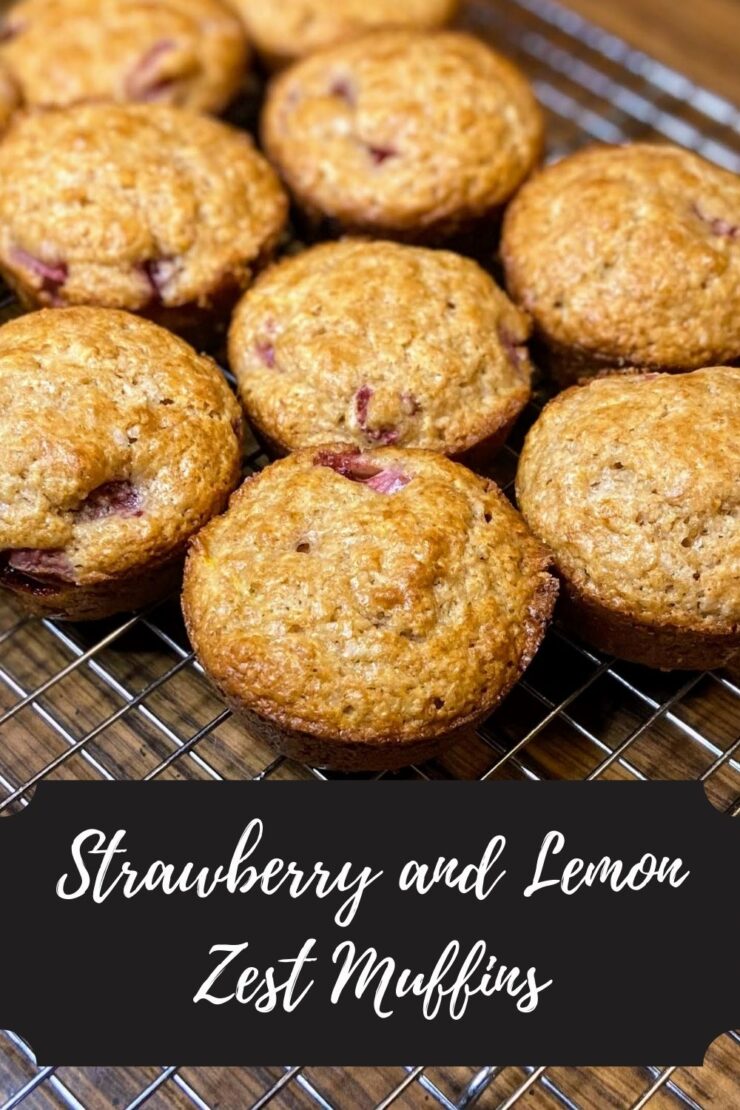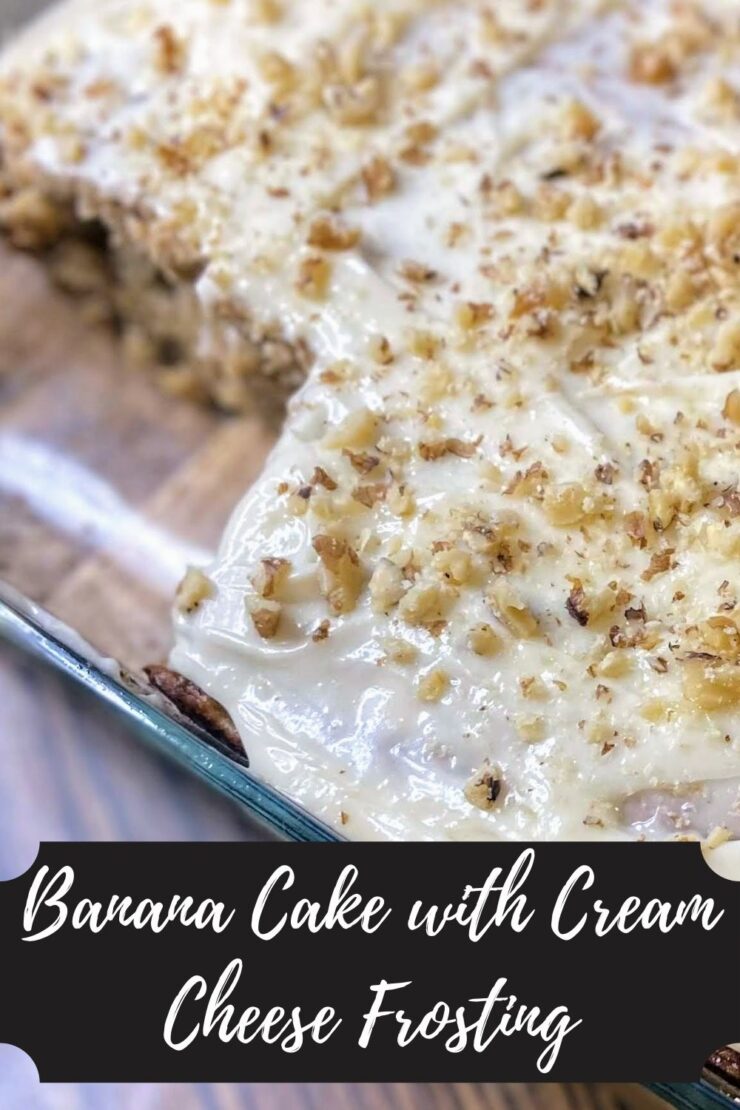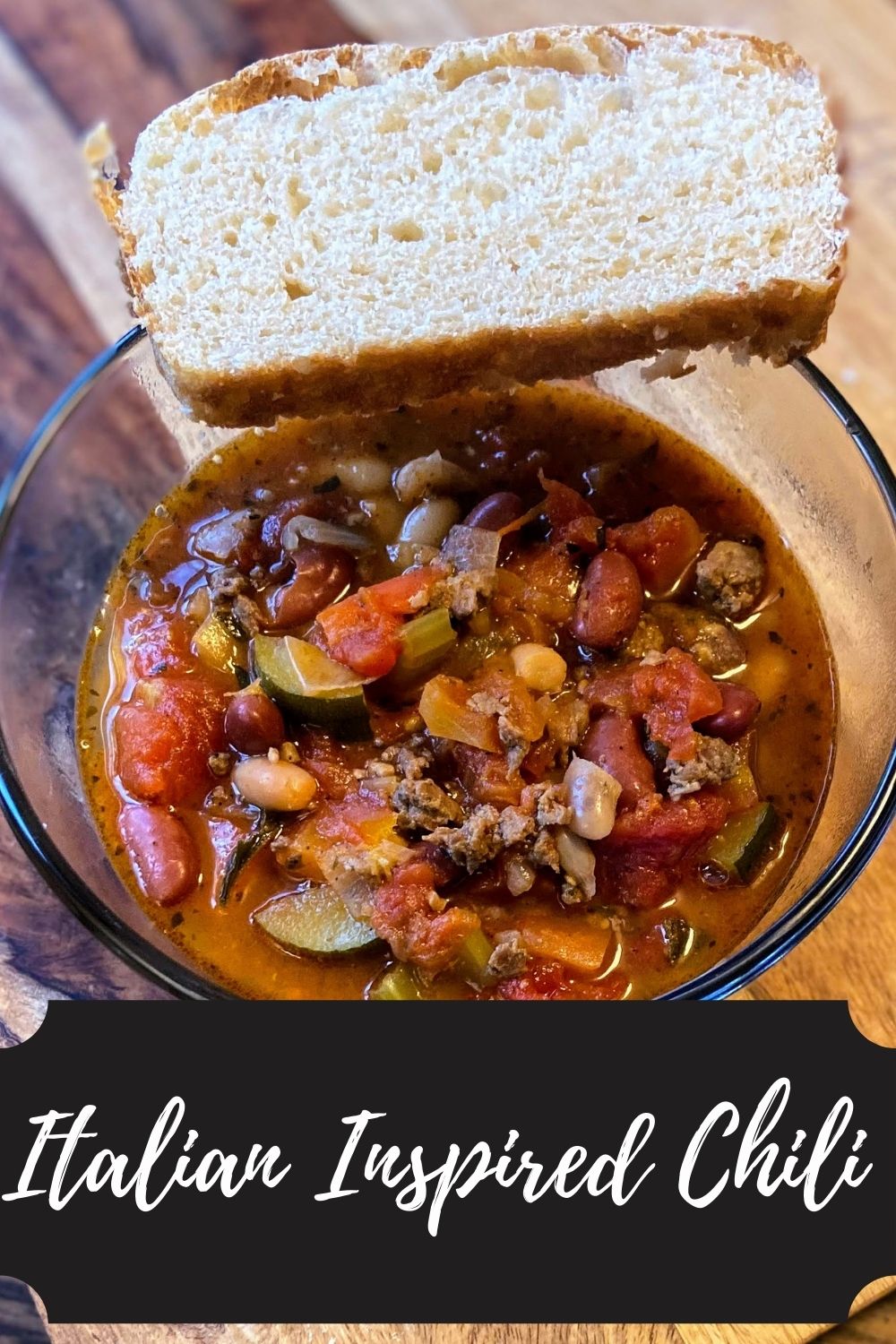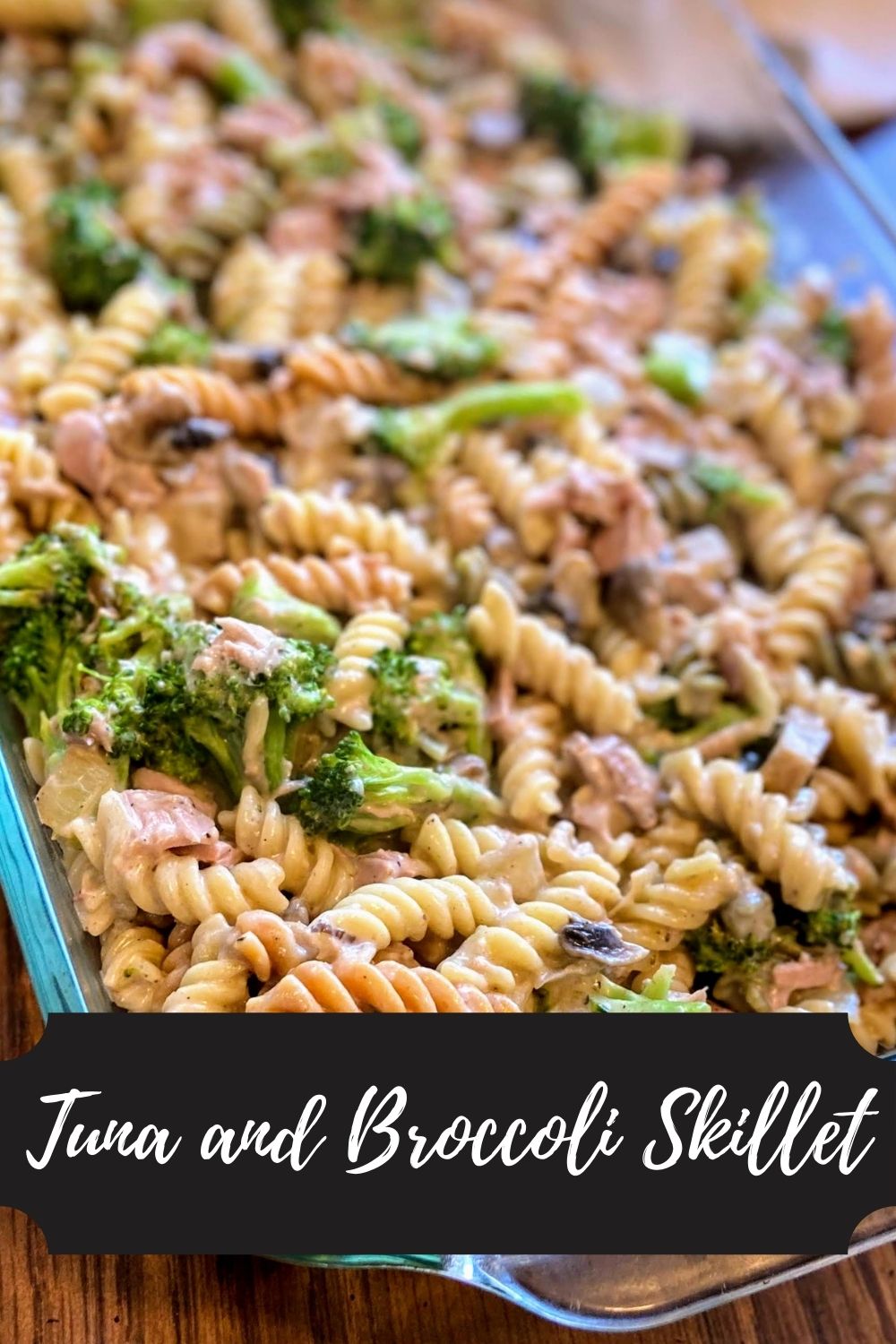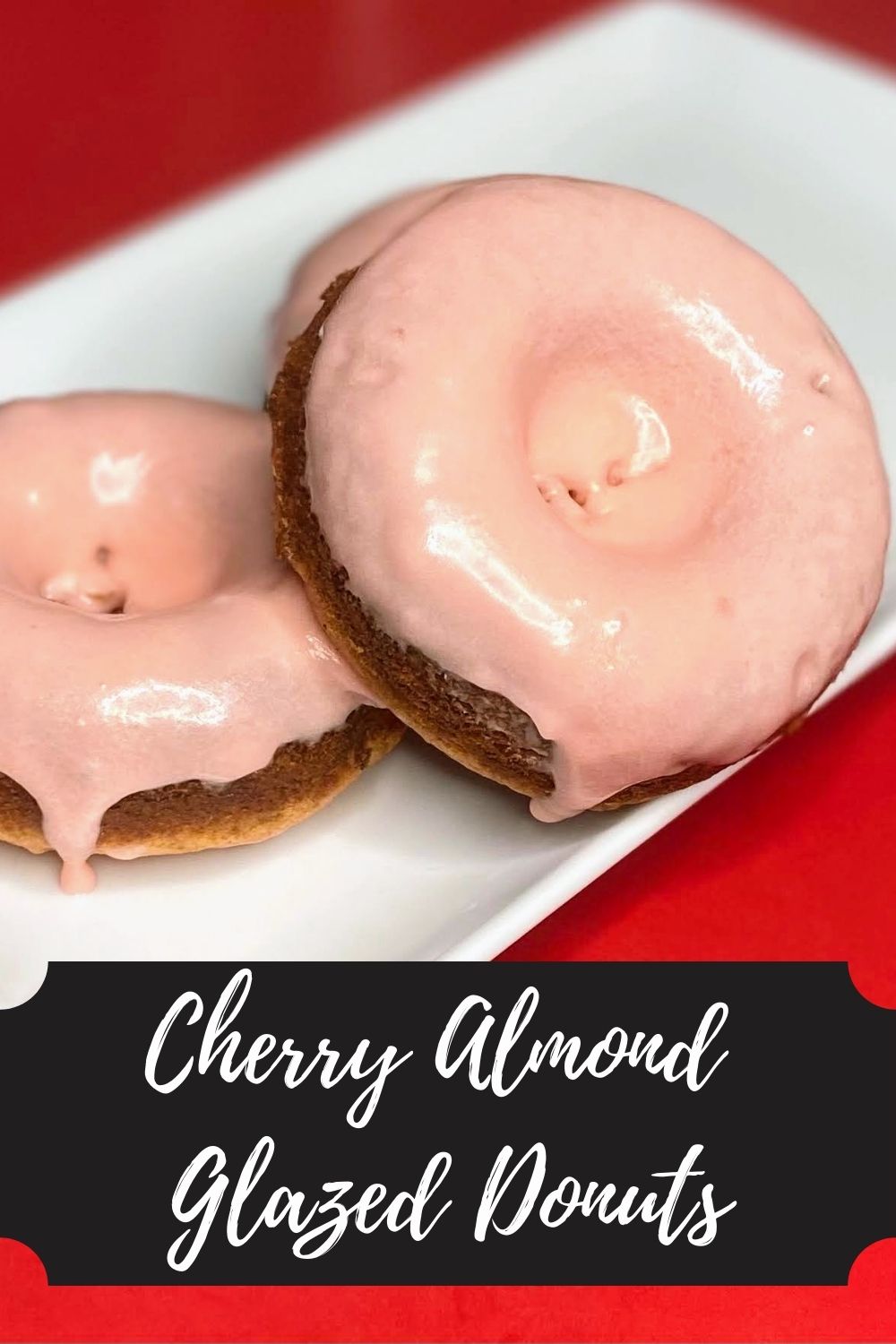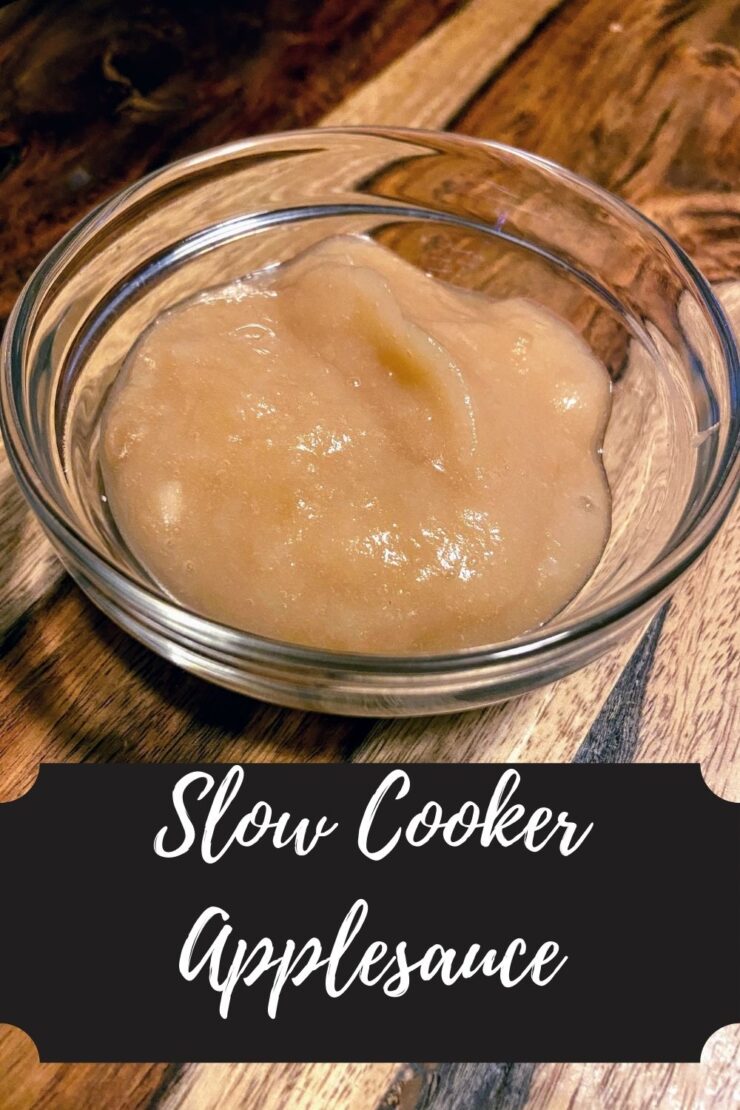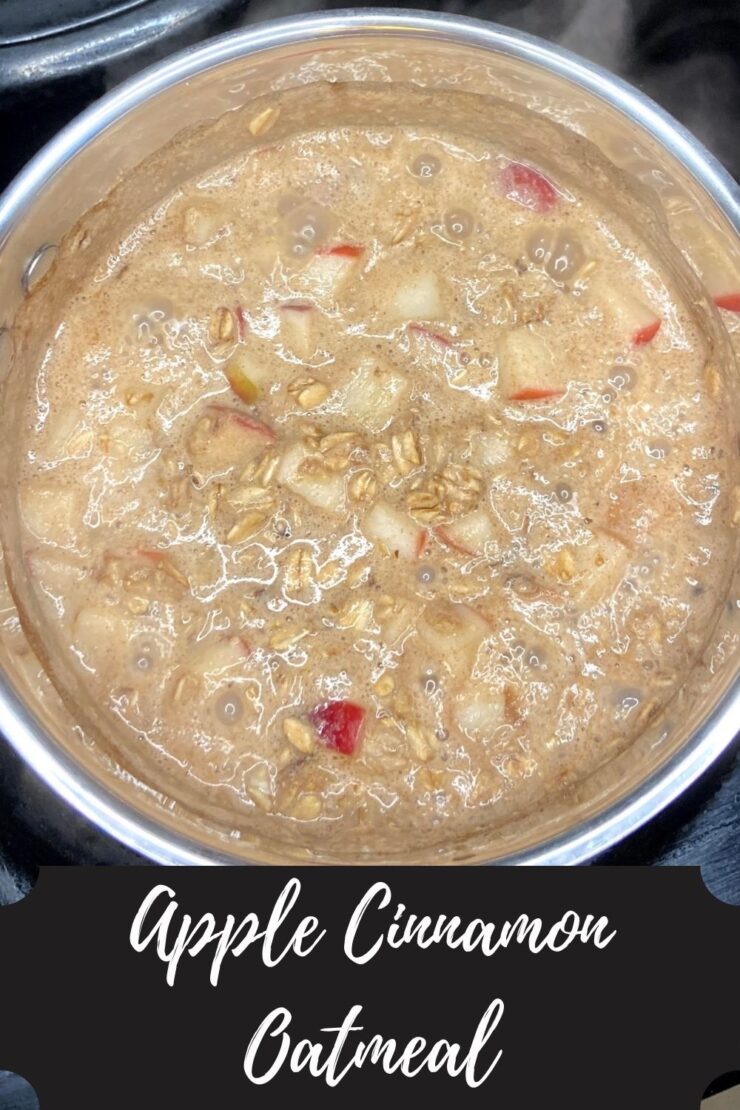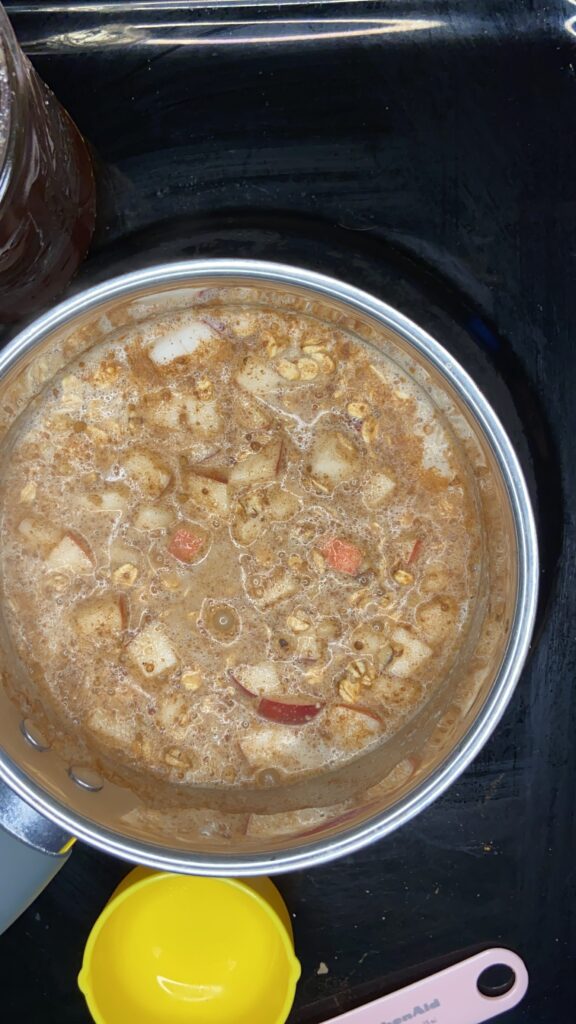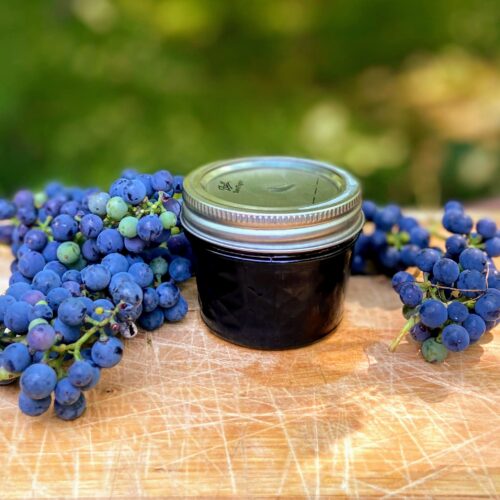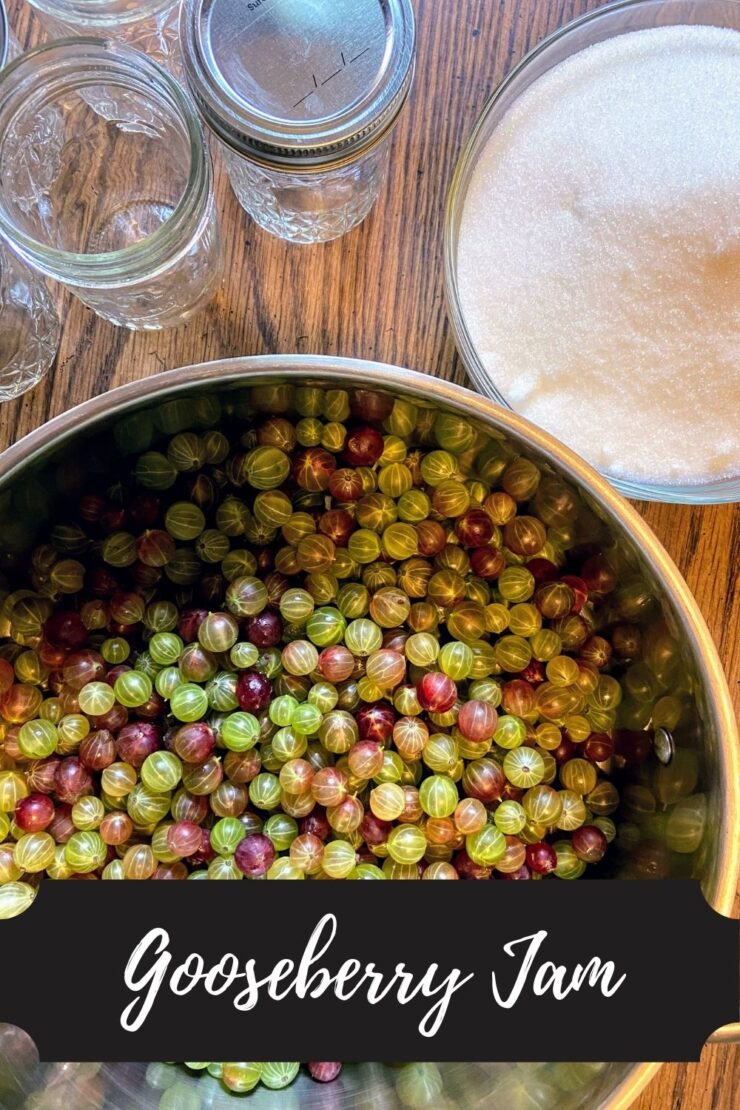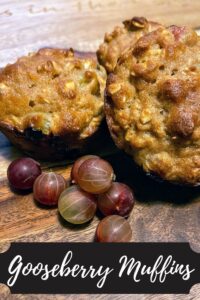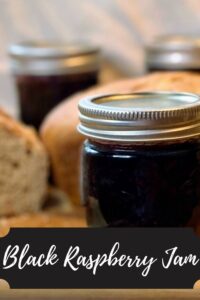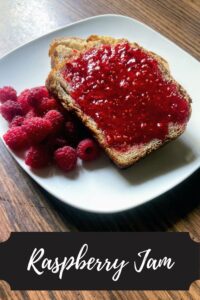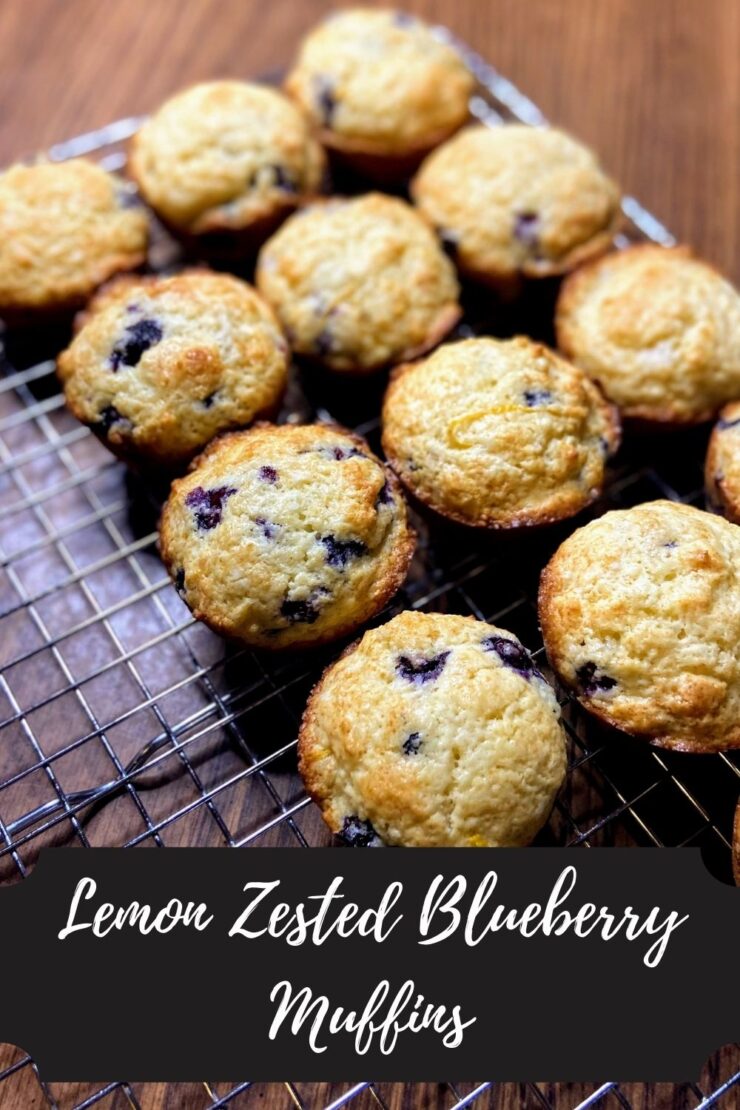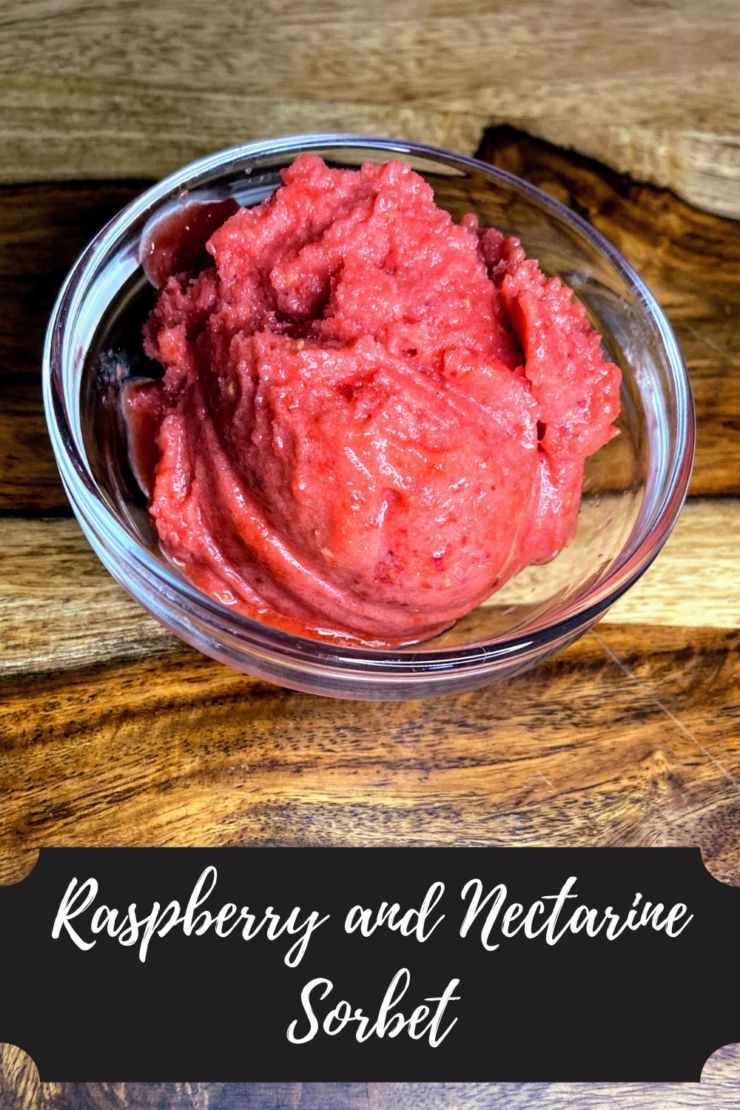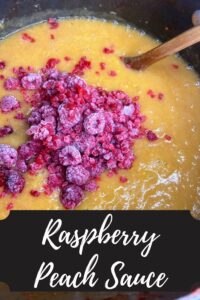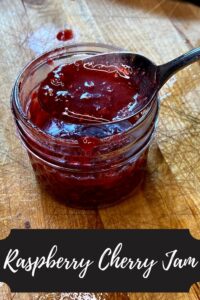I am one of the lucky ones. My career is teaching high school math and physics. I recently had one of the most fun group of kids in an Algebra II class. They made me laugh on the regular while also still hanging on to their passion to learn. (Again, I am lucky). When this particular class learned that I was training for a marathon, they championed me, complete with a “We’re proud of you!” card when I finished. Then they learned that I had a food blog, and I suddenly gained a number of followers on my Instagram. Soon enough, I got an email request on my blog for “some strawberry muffins #lit #bestmuffinsever #yumalisous.” I told that young lady that strawberries weren’t in season, but as soon as they were, I would make a recipe for her. So without further adieu, I present Strawberry and Lemon Zest Muffins!
Your Ingredients
- ½ cup sugar
- ⅓ cup coconut oil, room temperature (about 70 degrees)
- ½ tablespoon vanilla
- 2 eggs
- 1 ½ cups whole wheat flour
- 1 ½ teaspoons baking powder
- ¼ teaspoon baking soda
- ½ teaspoon salt
- ½ cup vanilla Greek yogurt
- 2 tablespoons fresh squeezed lemon juice
- Zest of one lemon
- 1 cup fresh strawberries, washed and diced
Your Steps to Strawberry and Lemon Zest Muffins
Begin by preheating the oven to 350 degrees and preparing two muffin baking tins by spraying with non-stick cooking spray.
In a large bowl, cream sugar and coconut oil (Note: the coconut should be solid but soft). Add in vanilla and eggs, whisking until well combined. Stir in Greek yogurt, lemon juice, and zest. Combine flour, baking powder, baking soda, and salt. Mix into the wet ingredients until just combined. Fold in blueberries.
Bake at 350 degrees for 20-24 minutes until baked through. Serve them with a warm cup of coffee or tea!
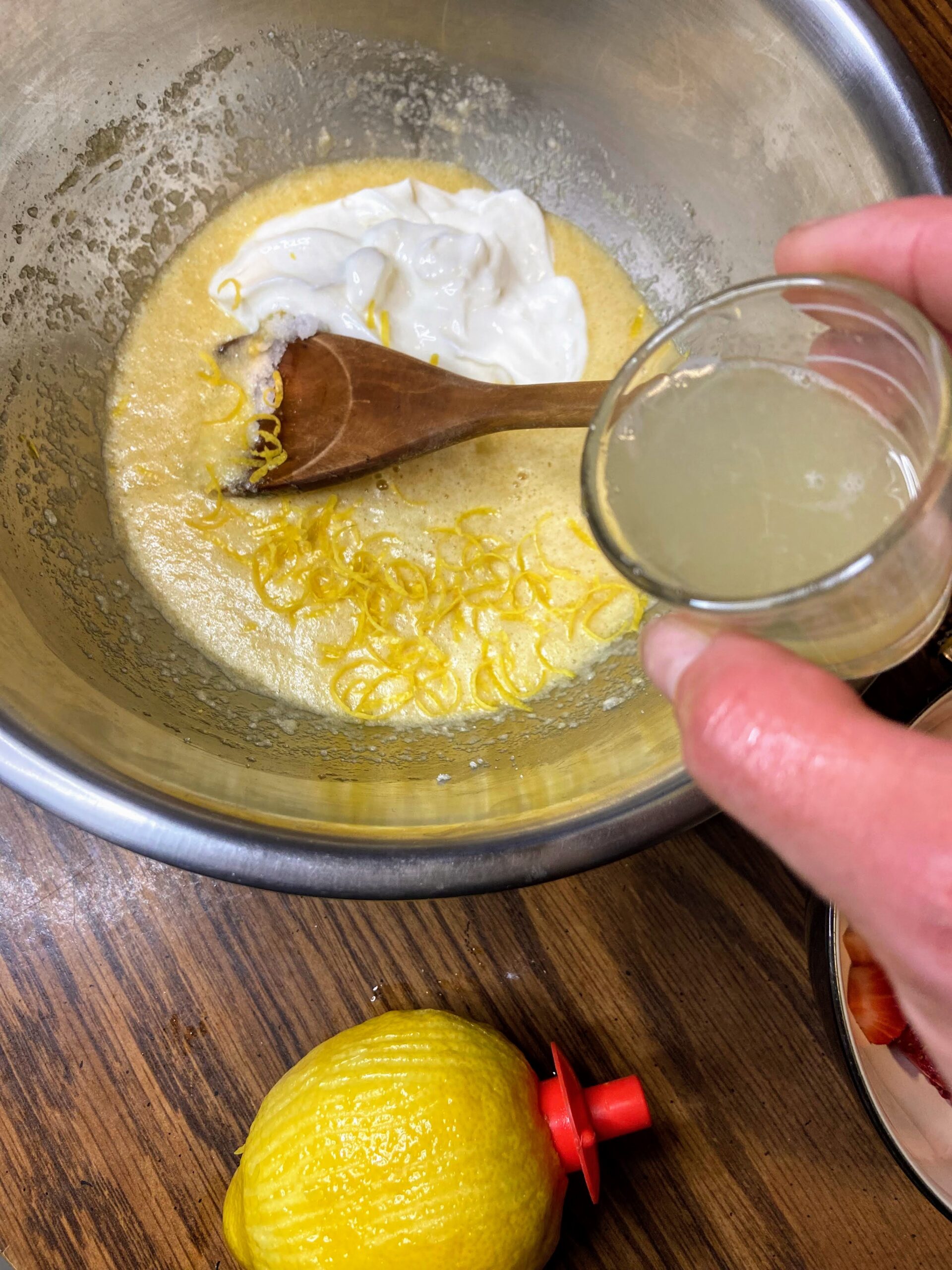
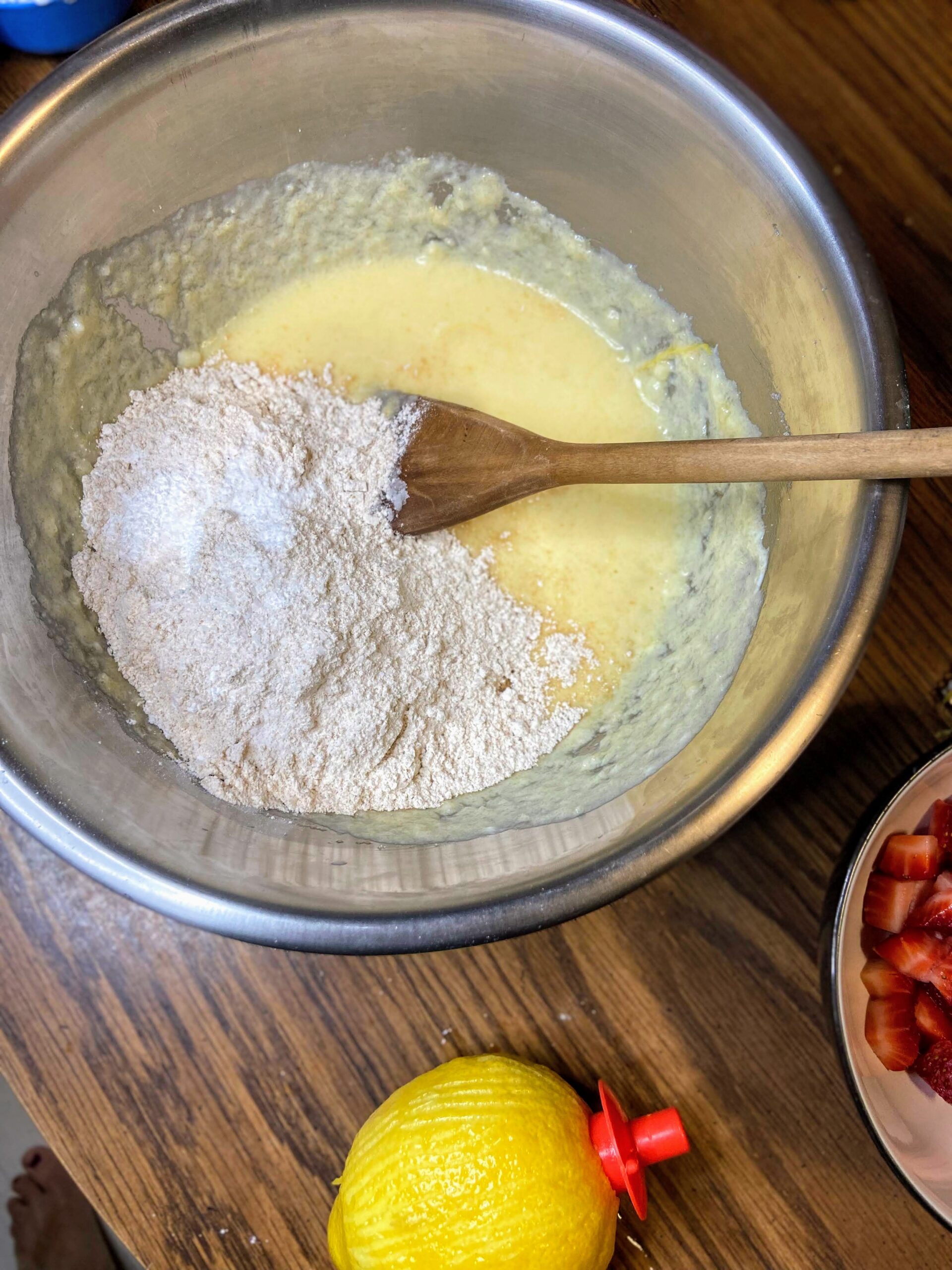
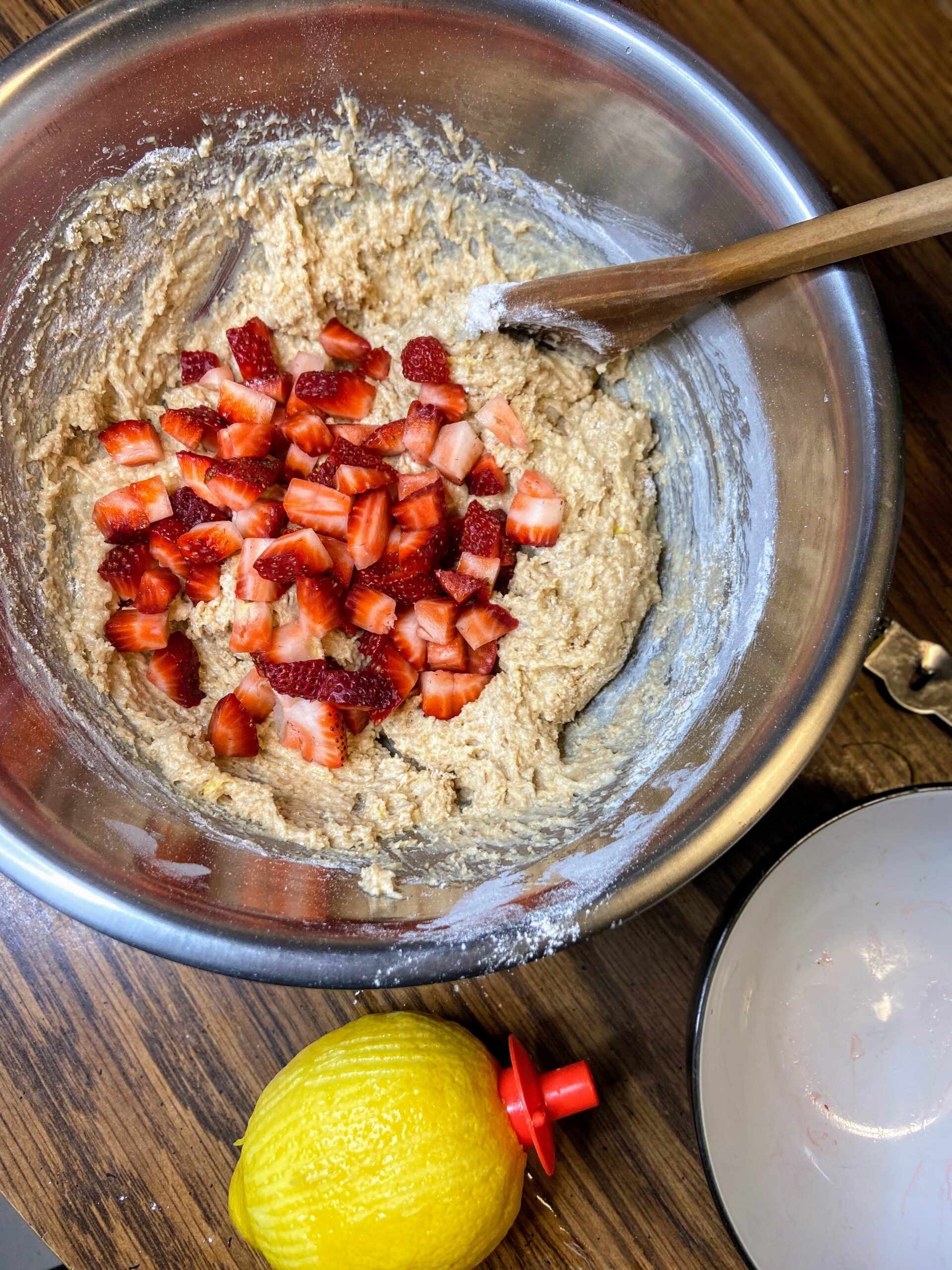
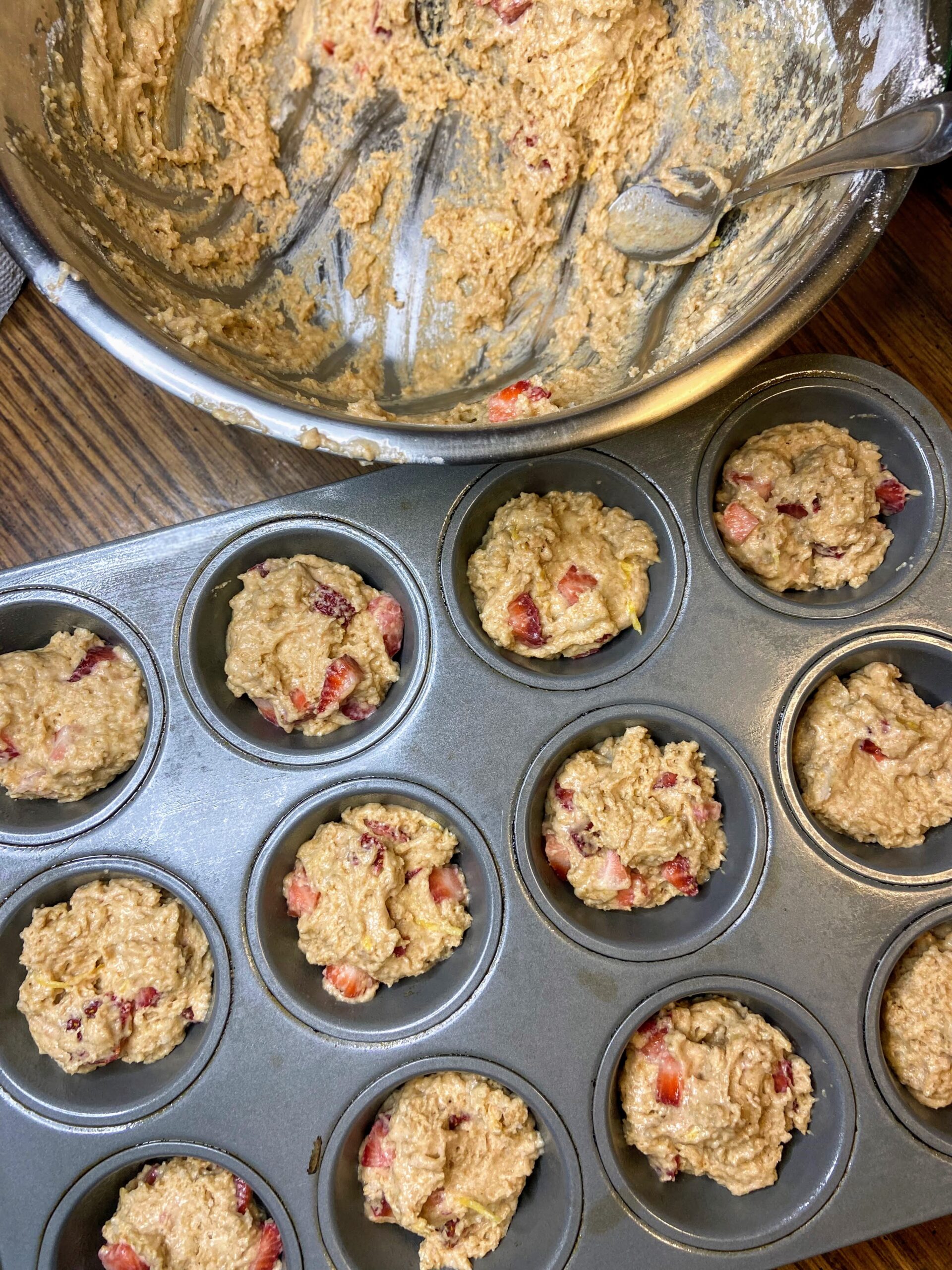

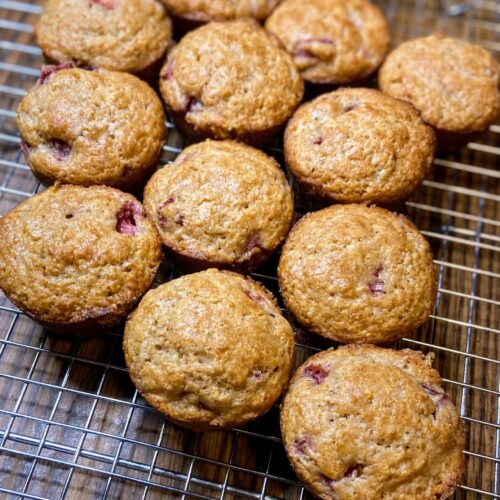
Strawberry and Lemon Zest Muffins
Ingredients
- ½ cup sugar
- ⅓ cup coconut oil room temperature (about 70 degrees)
- ½ tablespoon vanilla
- 2 eggs
- 1 ½ cups all purpose flour
- 1 ½ teaspoons baking powder
- ¼ teaspoon baking soda
- ½ teaspoon salt
- ½ cup vanilla Greek yogurt
- 2 tablespoons fresh squeezed lemon juice
- Zest of one lemon
- 1 cup diced strawberries
Instructions
- Preheat the oven to 350 degrees and preparing two muffin baking tins by spraying with non-stick cooking spray.
- In a large bowl, cream sugar and coconut oil (Note: the coconut oil should be solid but soft).
- Add in vanilla and eggs, whisking until well combined.
- Stir in Greek yogurt, lemon juice, and zest.
- Combine flour, baking powder, baking soda, and salt. Mix into the wet ingredients until just combined.
- Fold in strawberries. Spoon batter into muffin tins, filling about 3/4 of the way full.
- Bake at 350 degrees for 20-24 minutes until baked through. Serve them with a warm cup of coffee or tea!
Looking for other breakfast Delights?
Click here to head to my breakfast page. Or let your eyes to choosing by checking out a few recipes below!
